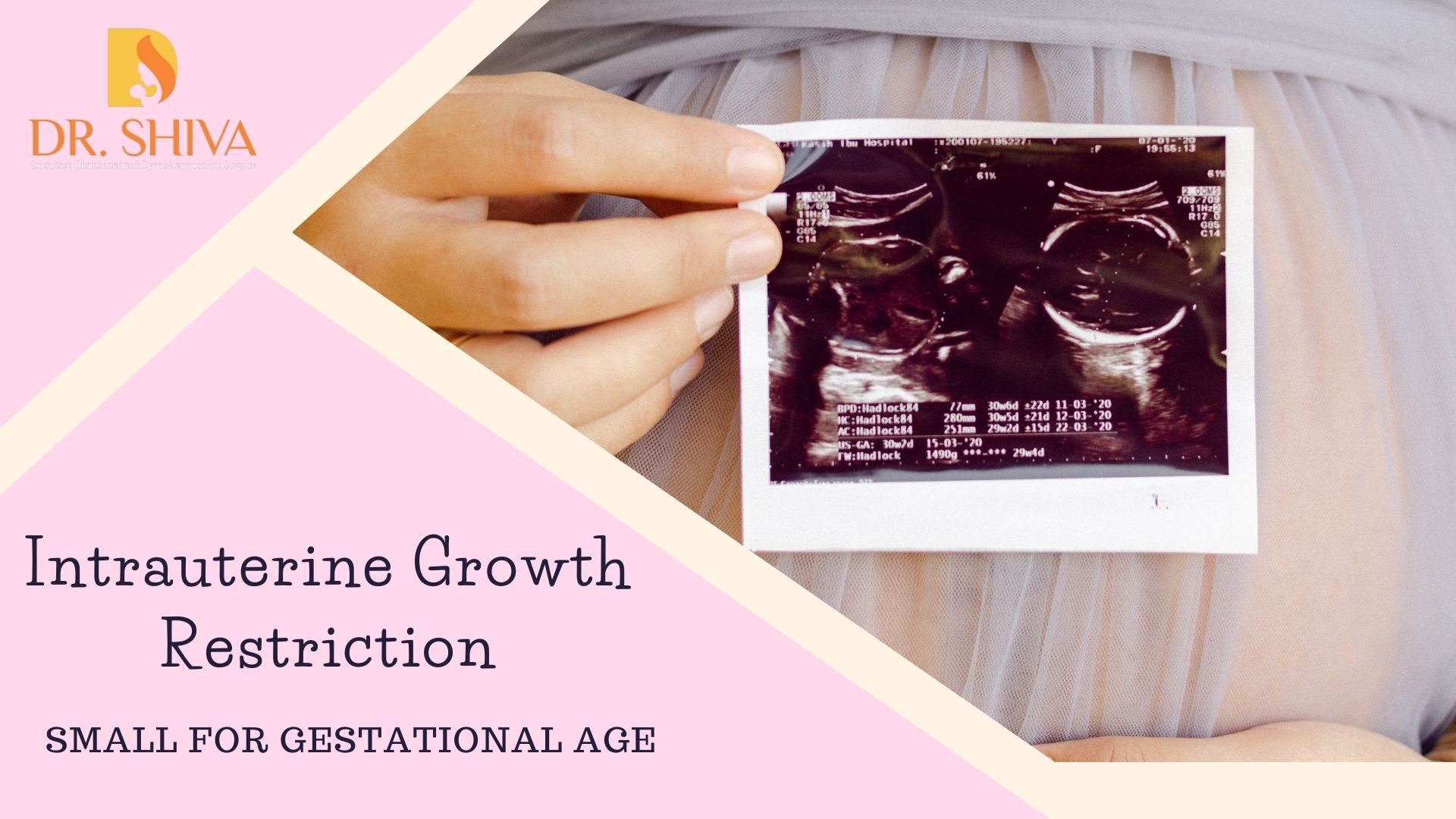
IUGR is when the fetus does not grow as expected or is smaller than it should be for that stage of the pregnancy. Mild IUGR is fine as the baby will grow to it’s appropriate size by 2 years but if it is severe it may cause serious health problems to the baby. The extent depends on the cause for it and at what point of pregnancy this has started.
They are of two types-
- Symmetrical IUGR, when all parts of the body are of the same size but small.
- Asymmetrical IUGR, when the head and brain are of expected size based on the month of pregnancy but the rest of the body is small.
Causes for IUGR
IUGR happens when the fetus is not getting the required amount of nutrients or oxygen. This can be due to,
- an issue with the placenta which provides the nutrients to the baby.
- a problem with the blood flow in the umbilical cord which connects the placenta to the fetus.
Other reasons include –
- Usage of alcohol or drugs
- Diseases like syphilis
- High blood pressure
- Kidney or lung disease
- Autoimmune disease
- Sickle-cell Anemia
- Multiple babies – may result in an uneven share of blood and nutrients between the babies
- Carrying a baby with birth or genetic defect
What are the risks associated with IUGR?
- Babies with IUGR may have to stay at the hospital for a longer duration or at NICU if they were born early.
- They may have an issue with breathing and feeding
- low blood sugar levels
- neurological problems
- high count of red blood cells
- low immunity
- low oxygen levels
- may also result in stillbirth
IUGR cannot be avoided but a healthy lifestyle can help reduce the risks associated with it.
How is IUGR diagnosed?
One method is by measuring the mother’s tummy from the top of the uterus to the pubic bone and comparing it with the expected size on that month of pregnancy.
Another method is prenatal ultrasound – here they apply a gel on the mother’s tummy and run a stick like equipment over it, with the help of sound waves they will be able to track the baby’s size and estimate weight. The ultrasounds will also be able to identify if there are any issues related to the placenta, blood flow or amniotic fluid levels.
If IUGR has been detected, the doctor may suggest few more tests to help identify the cause and extent,
- monitor fetal heartbeat
- amniocentesis to check for genetic issues
- test to identify the presence of any infection in the mother that may affect the baby
Treatment for IUGR
The treatment is based on the month of pregnancy and the condition of the baby. They will keep a constant check on the baby. The doctor will advise the mother to have a healthy nutritious diet and some may be suggested to have bed rest to help increase the blood flow to the baby.
In the later stage of pregnancy, if the baby has stopped growing or if there is any issue with the placenta or the blood flow in the cord, the doctor will suggest inducing labor for early delivery of the baby. If vaginal delivery may be of too much stress for the baby, they may go for a c sec.
IUGR cannot be prevented but maintain a healthy lifestyle, take proper rest and be aware of the baby’s movements. Reduced movements can also indicate a problem. Always follow your pre-natal appointments with the doctor, which will help early detection of any potential issues and start providing early treatment.
For any more details, kindly contact us.

